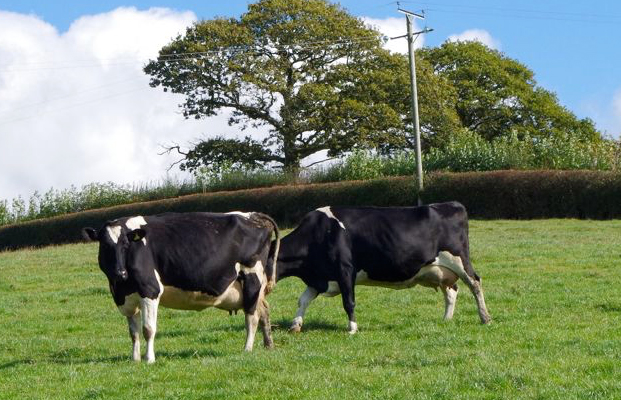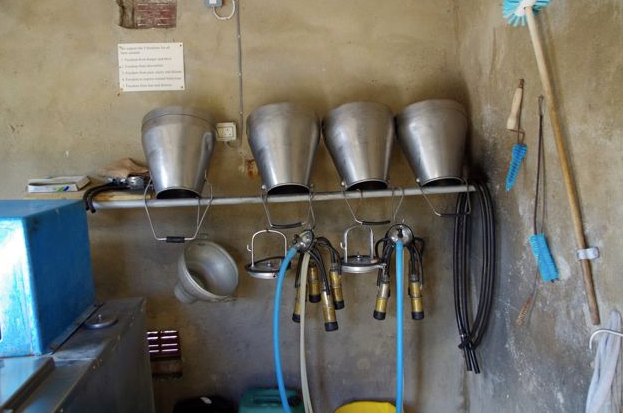
Milk buyers like big collections, and dairy farmers are getting larger every year.
The average British cowman looked after 75 cows in 1996 and today has charge of around 130. The biggest herds number over 2,000. But what about the smallest? How small can you go as a milk producer before being forced to become a cottage industry making cheese or other product for local sale? How small can a commercial herd get and still be viable?
The new issue of Practical Farm Ideas magazine looks at the economics of a micro commercial herd, with just 10 cows on 8 acres, and discovers it can still stand up economically.
Editor Mike Donovan says: "Our featured farm has a good contract with Glanbia who, unlike some, don't have penalties for low volumes. Low costs and skilled husbandry allow the economics of a herd this size stand up - but you need another job!"

"Good husbandry is essential. While the large herd will rely on high-tech systems to indicate when each cow comes into season and have indicators that highlight cases of mastitis, the small scale farmer uses the signs and methods that have been in fashion for generations. Working closely with the cows, he can often detect when something's amiss before there's any evidence to see."
The new issue of Practical Farm Ideas reviews a commercial herd of just 10 cows, on an 8 acre farm in West Wales and the analysis shows that 10 cows can be milked profitably. Herd management is vital but the challenges are very similar to those faced by larger commercial producers. Cow fertility, mastitis and lameness are important issues, but in this herd one sick cow is equal to ten in the 100 cow herd.
Economics are a small part of the purpose of this herd, however. The small farm has provided today's generation with a wonderful childhood, passing on the husbandry techniques and skills passed from father to son.
